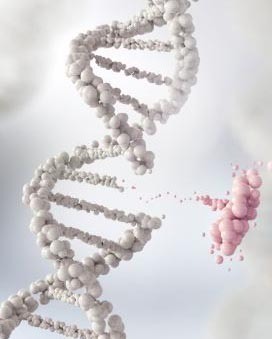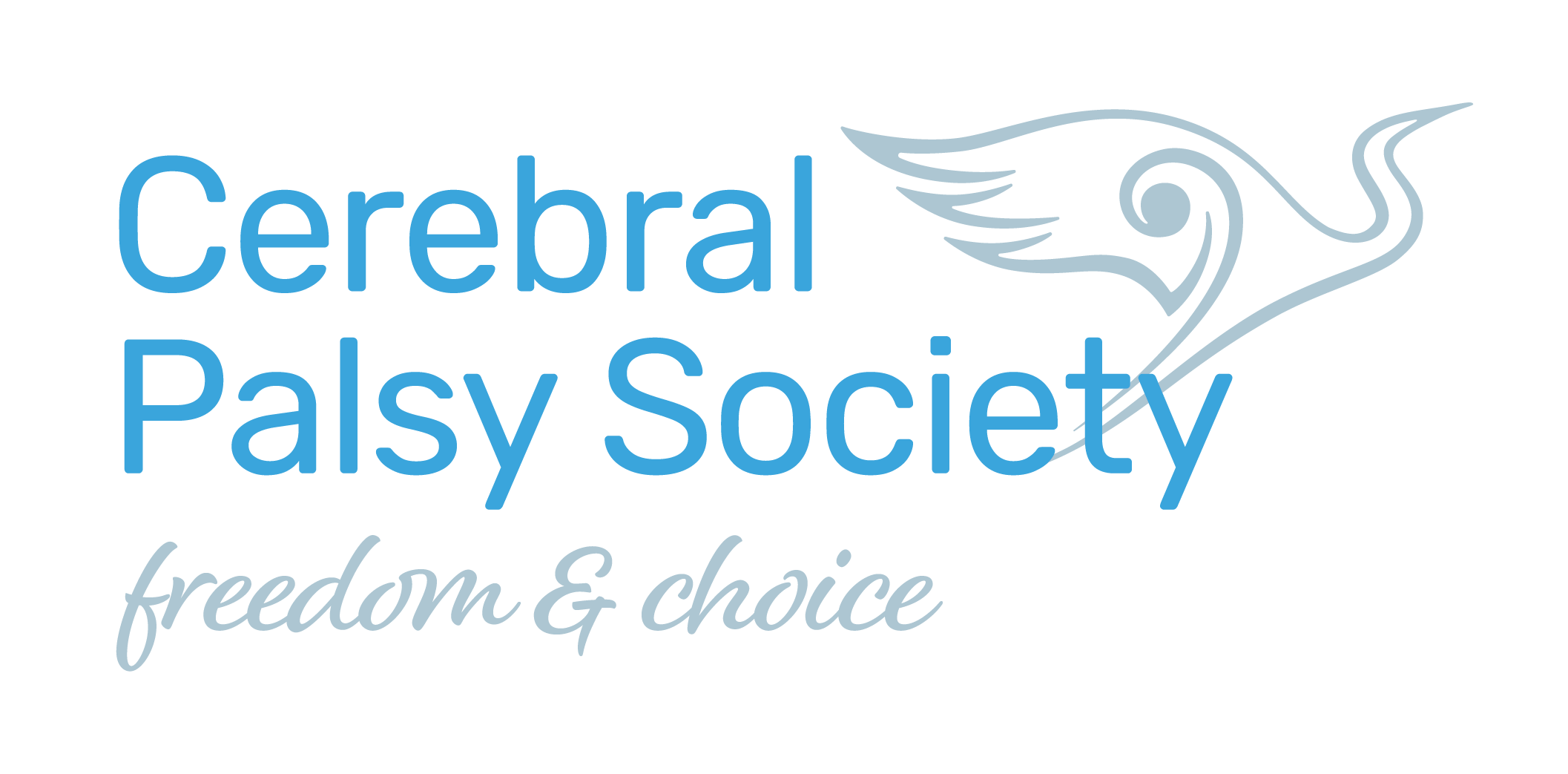Research
Genetics and Cerebral Palsy Overview Feb 2020
09 Feb 2020
 The study of genetics is becoming increasingly popular. This is due to the increase in affordable and accessible technology that can map different aspects of the genome relatively quickly and cheaply. While the study of CP genetics is still relatively young, scientists are developing an understanding of the potential influence of genetics in certain aspects of brain injury. These factors can include a propensity to brain haemorrhage, difficulties in neuro-conduction, genetic causes for seizure disorders and other injury causing conditions. There is increasing evidence that the in utero environment can also modify which genes are turned on and off during development (Maclennan et al, 2015), further complicating the role genetics may have in CP. As far as people are aware to date, there is no single gene that causes CP but they can influence the overall condition for the infants and children (Crowgey et al, 2018).
The study of genetics is becoming increasingly popular. This is due to the increase in affordable and accessible technology that can map different aspects of the genome relatively quickly and cheaply. While the study of CP genetics is still relatively young, scientists are developing an understanding of the potential influence of genetics in certain aspects of brain injury. These factors can include a propensity to brain haemorrhage, difficulties in neuro-conduction, genetic causes for seizure disorders and other injury causing conditions. There is increasing evidence that the in utero environment can also modify which genes are turned on and off during development (Maclennan et al, 2015), further complicating the role genetics may have in CP. As far as people are aware to date, there is no single gene that causes CP but they can influence the overall condition for the infants and children (Crowgey et al, 2018).
Because there are so many factors that influence the diagnosis of cerebral palsy, it has been difficult for researchers to focus on the genetic elements that may or may not come into play. There have been a number of observational studies in Scandinavian countries such as Finland and Norway where they have much more complete and centralised data (Goldsmith et al, 2018). There is believed to be some higher risk of CP occurring more frequently in families if there are multiple members with the condition. However, it is challenging to look inter-generationally because survival rates for prematurity and traumatic births were not as high as they are today (McHale et al, 1999).
Twin studies are considered to be one of the central elements for genetic studies because of the similarity in both genes and environment. However, this is difficult to undertake with conditions like cerebral palsy because the presence of multiple births automatically increases the risk of neurological conditions occurring (Jiao & Jiang, 2017). This is due to the higher rate of prematurity and stresses on the womb and placenta. A few studies have looked at the presence of CP and related neurological conditions in countries where cousin marriage (consanguineous marriage) and other inter-family customs are common, such as Jordan and other Middle Eastern countries (Kruer et al, 2014).
Cerebral palsy research has benefited from advancements in sequencing technology that enables more accurate readings at a faster rate. There is also a greater ability to examine and isolate the exact workings of the genome (Maclennan et al, 2019). A number of genes have been identified that may play a role in CP, however, they are individually rare and often occur spontaneously. Therefore their numbers within the CP population can be low. Another potential area of interest is copy number variation, whereby large sections of the genome can be deleted or duplicated. Depending upon the size of the copy number variant, this kind of genetic change can have an impact on the functioning of hundreds of genes. It has been demonstrated in various studies that these variants are present in CP cohorts. For instance, copy number variants were associated with CP in 31% of an Israeli cohort (Segel et al, 2015), and 24% of a Canadian cohort (Zarrei et al., 2018). Some genetic variants may lead to novel therapies for people who carry those same genetic changes, although there is still much research to be done before these benefits can be realised. Our genome can also play a role in how people may respond to interventions. For example, in a study looking at a cohort where the children were receiving Constraint-Induced Movement Therapy, the authors noticed a difference in outcomes within the cohort (Diaz Hejitz et al, 2018). After looking at the genes in the children with poor functional outcomes, they detected genetic changes that led to lower levels of dopamine, compared to the children with the higher functional gains following the therapy. These children could subsequently be treated with L-Dopa to elevate their dopamine levels to that of the other children. Researchers in this field believe that genetics are an expanding area within CP science, but there are current limitations in how this can be applied due to sample size, conditions occurring simultaneously, and multiple
gene expression (Crowgey et al, 2018).
There are many implications for genetic studies in the future of CP research. If researchers can isolate the genes important in neurodevelopment and the genetic variants that increase the likelihood for high risk pregnancy and traumatic delivery, medical professionals can prepare for the events and intervene earlier to decrease the brain bleeds and premature developments that can contribute to CP. More specifically, the catastrophic brain bleeds that lead to severe CP and other significant neurological complications. Genetics itself is unlikely to solve the puzzle of CP on its own. But, the understanding of the CP genome will become part of the tapestry that is increasing the well-being mothers, their infants, and families of the future. I am a member of the CP Genomics reference group in Australia and will be keeping up-todate with the latest developments in this field and will provide updates regularly. If you would like further information or copies of the studies that I mentioned, feel free to email me at amy@cpsociety.org.nz.
References:
Crowgey, E. L., Marsh, A. G., Robinson, K. G., Yeager, S. K., & Akins, R. E. (2018). Epigenetic machine learning: Utilizing DNA methylation patterns to predict spastic cerebral palsy. BMC Bioinformatics, 19 doi:http://dx.doi.org/10.1186/s12859-018-2224-0
Diaz Heijtz, R., et al. (2018). “Genetic Variation in the Dopamine System Influences Intervention Outcome in Children with Cerebral Palsy.” EBioMedicine 28: 162-167.
Goldsmith, S., Guiomar, G. J., Badawi, N., Blair, E., Garne, E., Gibson, C., Andersen, G. L. (2018). Comprehensive investigation of congenital anomalies in cerebral palsy: Protocol for a european-australian population-based data linkage study (the comprehensive CA-CP study). BMJ Open, 8(7) doi:http://dx.doi.org/10.1136/bmjopen-2018-022190
Jiao, Z., Jiang, Z., Wang, J., Xu, H., Zhang, Q., Liu, S., & Qiu, H. (2017). Wholegenome scale identification of methylation markers specific for cerebral palsy in monozygotic discordant twins. Molecular medicine reports, 16(6), 9423-9430.
Kruer, M. C., Jepperson, T., Dutta, S., Steiner, R. D., Cottenie, E., Sanford, L., & Pollock, J. (2013). Mutations in gamma adducin are associated with inherited cerebral palsy. Annals of neurology, 74(6), 805-814.
MacLennan, A. H., Thompson, S. C., & Gecz, J. (2015). Cerebral palsy: causes, pathways, and the role of genetic variants. American journal of obstetrics and gynecology, 213(6), 779-788.
MacLennan, A. H., Lewis, S., Moreno-De-Luca, A., Fahey, M., Leventer, R. J., McIntyre, S., & Fehlings, D. (2019). Genetic or other causation should not change the clinical diagnosis of cerebral palsy. Journal of child neurology, 34(8), 472-476.
McHale, D. P., Mitchell, S., Bundey, S., Moynihan, L., Campbell, D. A., Woods, C. G., & Markham, A. F. (1999). A gene for autosomal recessive symmetrical spastic cerebral palsy maps to chromosome 2q24-25. The American Journal of Human Genetics, 64(2), 526-532.
Segel, R., Ben-Pazi, H., Zeligson, S., Fatal-Valevski, A., Aran, A., Gross-Tsur, V., & Blumkin, L. (2015). Copy number variations in cryptogenic cerebral palsy. Neurology, 84(16), 1660-1668.
Zarrei, M., et al. (2018). “De novo and rare inherited copy-number variations in the hemiplegic form of cerebral palsy.” Genetics in Medicine 20(2): 172-180.

